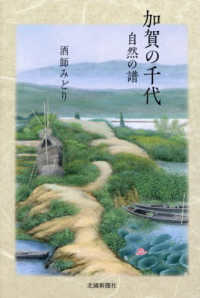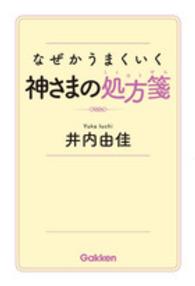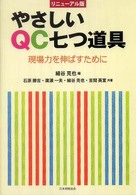- ホーム
- > 洋書
- > 英文書
- > History / World
Full Description
The period 1300-1600 CE was one of intense and far-reaching emotional realignments in European culture. New desires and developments in politics, religion, philosophy, the arts and literature fundamentally changed emotional attitudes to history, creating the sense of a rupture from the immediate past. In this volatile context, cultural products of all kinds offered competing objects of love, hate, hope and fear. Art, music, dance and song provided new models of family affection, interpersonal intimacy, relationship with God, and gender and national identities. The public and private spaces of courts, cities and houses shaped the practices and rituals in which emotional lives were expressed and understood. Scientific and medical discoveries changed emotional relations to the cosmos, the natural world and the body. Both continuing traditions and new sources of cultural authority made emotions central to the concept of human nature, and involved them in every aspect of existence.
Contents
List of Illustrations
Series Editors' Preface
Introduction, Andrew Lynch (University of Western Australia, Australia)
1. Medical and Scientific Understandings, Susan Broomhall (University of Western Australia, Australia)
2. Religion and Spirituality, David Lederer (Maynooth University, Ireland)
3. Music and Dance, Jennifer Nevil (University of New South Wales, Australia) and Denis Collins (University of Queensland Australia)
4. Drama, Kathryn Prince (University of Ottawa, Canada)
5. The Visual Arts, Patricia Simmons (University of Michigan, Ann Arbor, USA) and Charles Zika (University of Melbourne, Australia)
6. Literature, Sara McNamer (Georgetown University, USA)
7. In Private: The Individual and the Domestic Community, Jeremy Goldberg (University of York, UK) and Stephanie Tarbin (University of Western Australia, Australia)
8. In Public: Collectivities and Polities, Jelle Haemers (University of Leuven, Belgium)
Notes
Bibliography
Notes on Contributors
Index







